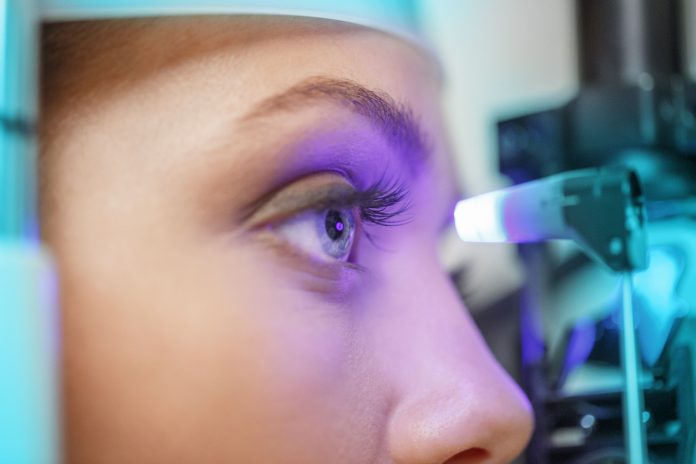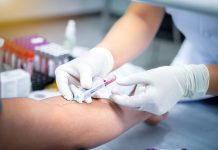Greg Ellwood-Hughes, Senior Policy and Public Affairs Officer at The Royal College of Ophthalmologists, explores how AI is supporting ophthalmology services and the issues to be addressed in the coming years to realise its full potential
As one of the leading image-based specialties, we are aware of the significant role that artificial intelligence (AI) will play in shaping the delivery of ophthalmology services. Therefore, the Royal College of Ophthalmologists is stepping up its efforts to support the safe equitable implementation of AI by developing an AI registry.
Why ophthalmology is at the forefront of AI adoption
Ophthalmology is second only to radiology (another leading specialty in AI adoption) in its focus on image analysis. AI-enabled diagnostic and screening tools will soon help consultants from the start of their careers in ophthalmology. It will begin with surgical training tools and move to clinical settings. AI will provide rapid and accurate analysis of retinal scans and other sources of ophthalmic imaging during diagnosis by detecting disease symptoms.
AI algorithms have, for example, demonstrated accuracy comparable to human experts when detecting diabetic retinopathy, offering great potential to achieve timelier and more consistent disease detection. Similarly, AI analysis of retinal scans enables the identification of unique disease ‘fingerprints’, including for cardiovascular and neurodegenerative diseases, making it an invaluable tool in the emerging field of oculomics. AI can also facilitate personalised treatment plans, such as by calculating the optimal refractive power of an intraocular lens in cataract surgery.
There are other potential applications of AI in ophthalmology outside of a diagnostic or clinical setting. The technology can help modernise service delivery by taking on administrative tasks such as organising appointment schedules and prioritising patients on waiting lists.
Behind the scenes, ophthalmic reading centres in London, Liverpool and Belfast are already using AI in medical research. As medical technology companies develop artificial intelligence as a medical device (AIaMD) tool, reading centres are busy testing and validating them. They also develop AI algorithms to process graded ophthalmic images and learn how to recognise signs of disease.
AI in ophthalmology: What role will the College play?
In our position statement of May 2024, we outlined that AI tools should be adopted via an iterative process, with ophthalmology services conducting regular audits, quality assurance and inclusive patient engagement to ensure safe, equitable and effective implementation.
We are looking to help clinicians, commissioners, and NHS organisations do this by developing an AI registry similar to what the Royal College of Radiologists operates for that specialty. This registry would maintain a list of AI tools being used in NHS ophthalmology departments in the UK, helping to increase understanding of how AI is being used.
Key to our work as a medical royal college is setting clinical standards and training the next generation of ophthalmologists. As AI’s role grows in all aspects of ophthalmology, we will need to consider how our work in these areas keeps pace with these rapid changes.
We will also engage increasingly with the regulatory and policy framework around AI innovation and implementation. I recently visited Birmingham to learn more about NHS procurement frameworks, and this year, we are partnering with The Royal College of Radiologists as they host a Global AI Conference.
Data governance frameworks, digital interoperability, and clinical accountability are just some of the issues that will need to be addressed in the coming years to realise AI’s potential. But it is now impossible to ignore the key role it will come to play in ophthalmology, whether that’s in diagnosis, treatment, or training.
The Royal College of Ophthalmologists is poised to collaborate to ensure AI is integrated into ophthalmic practice in a way that upholds the highest standards of patient care and equitable access.











